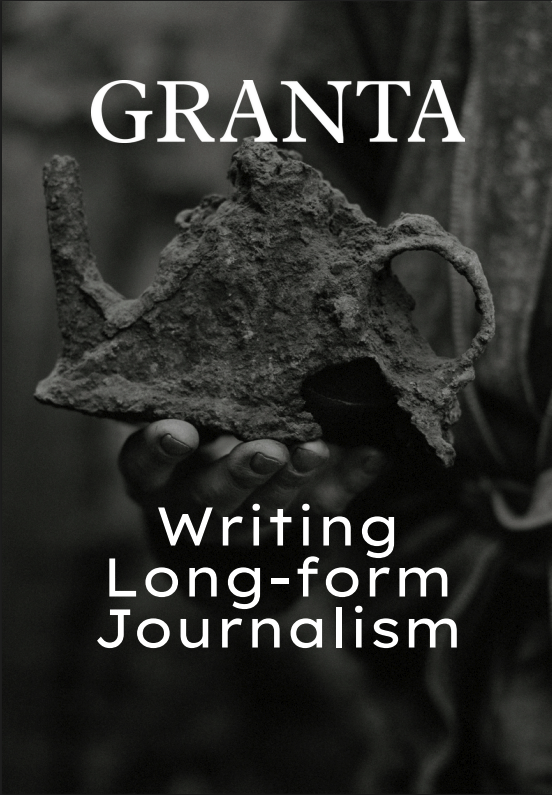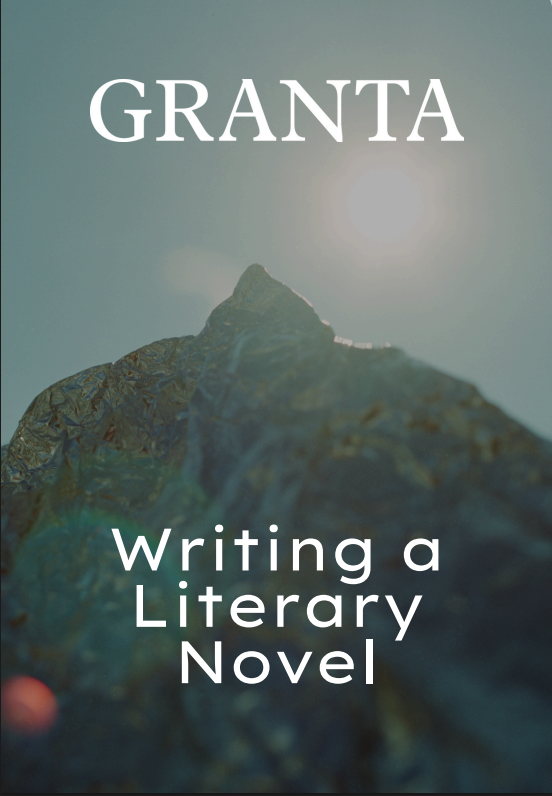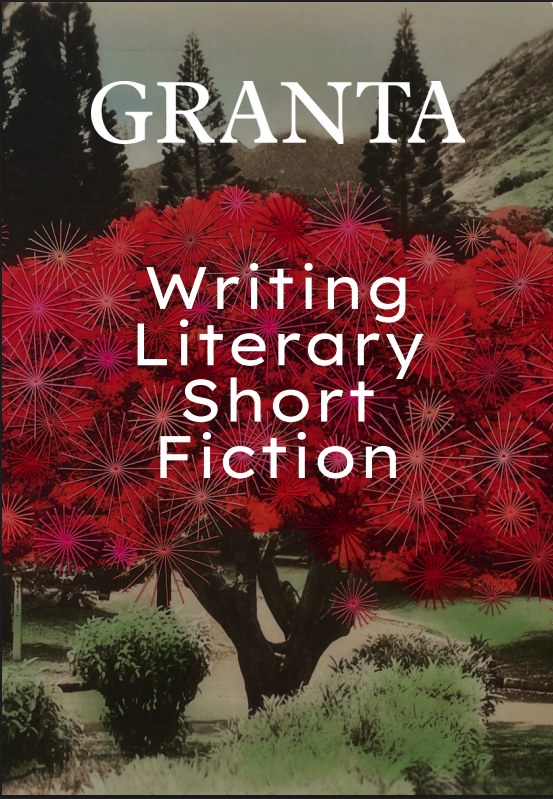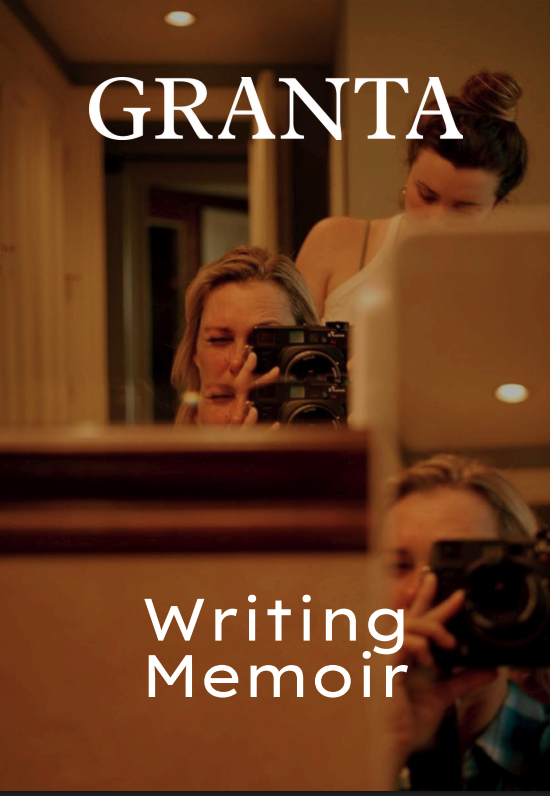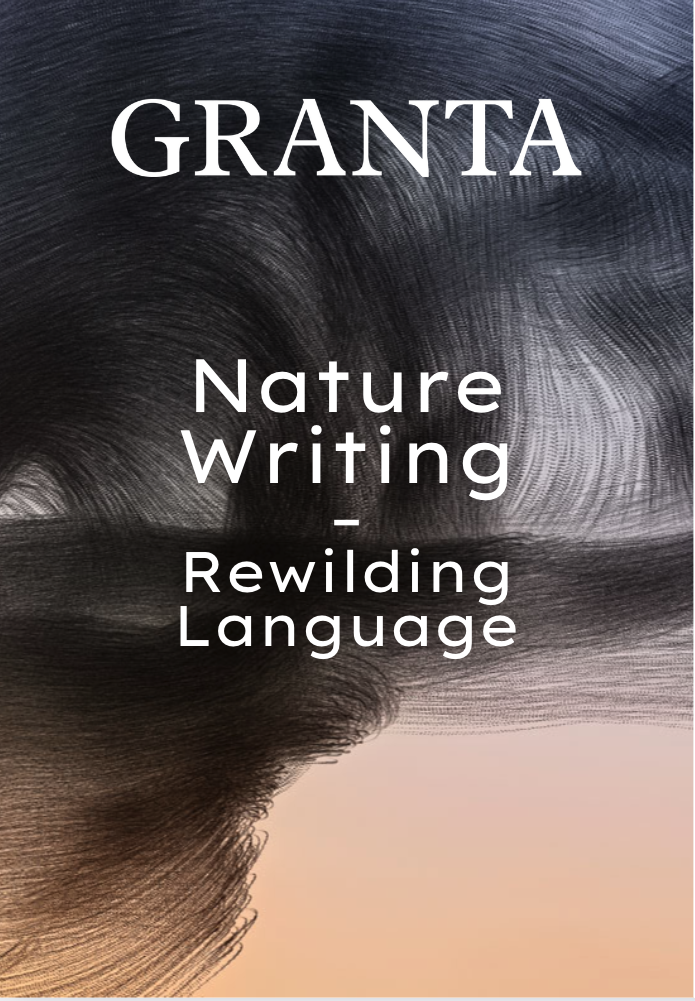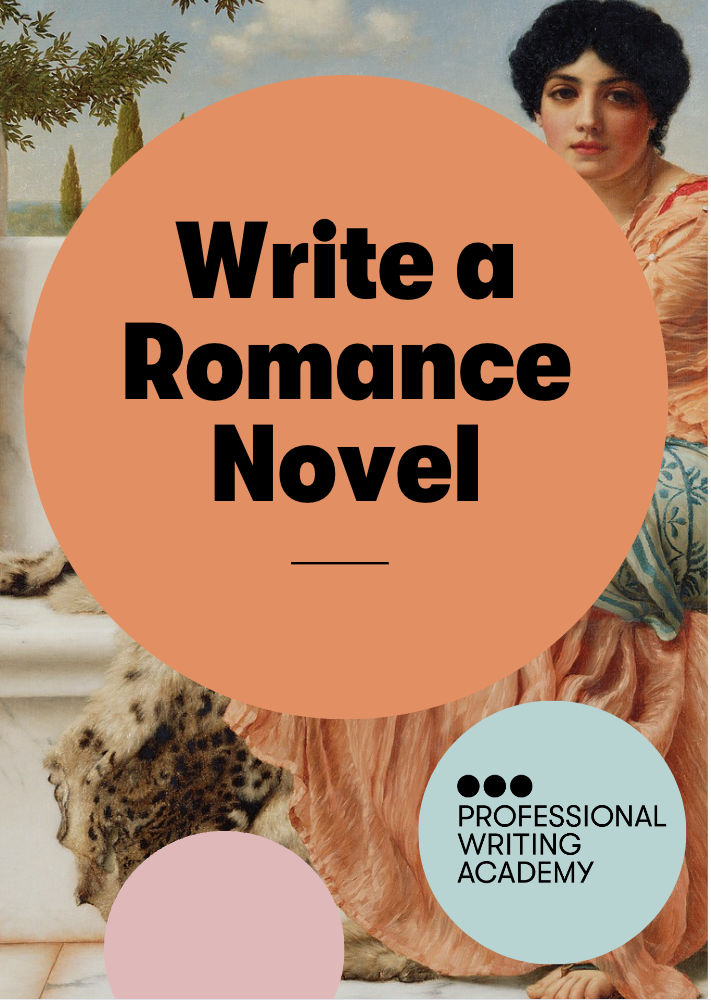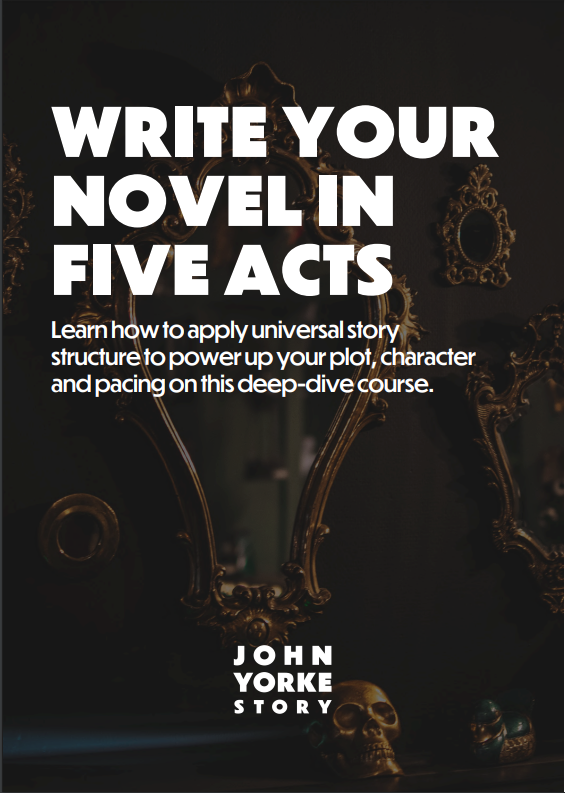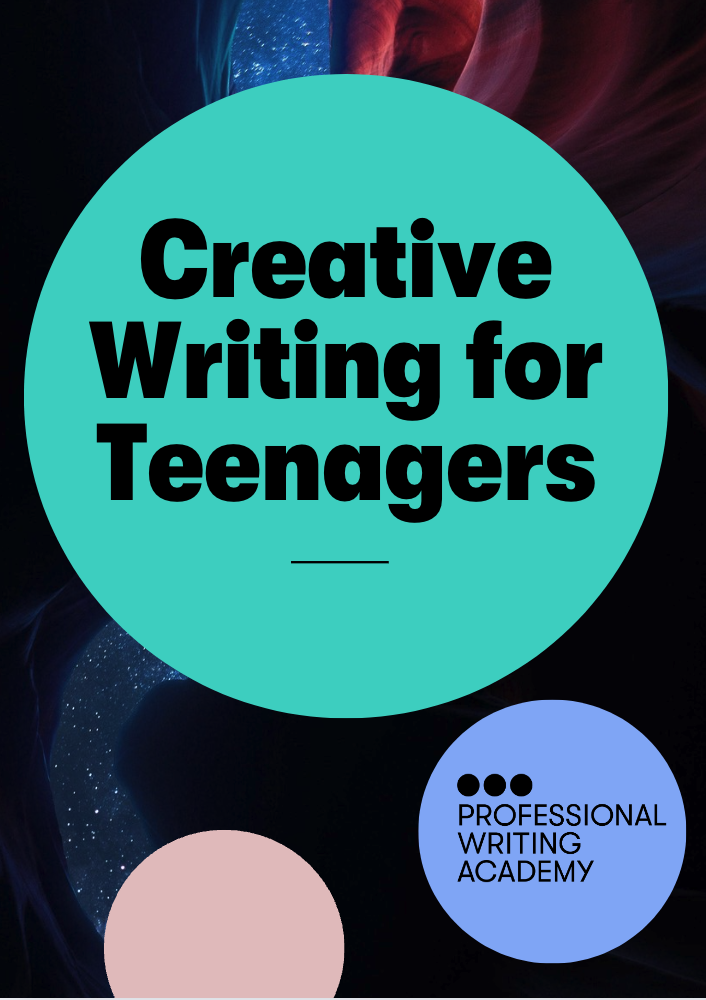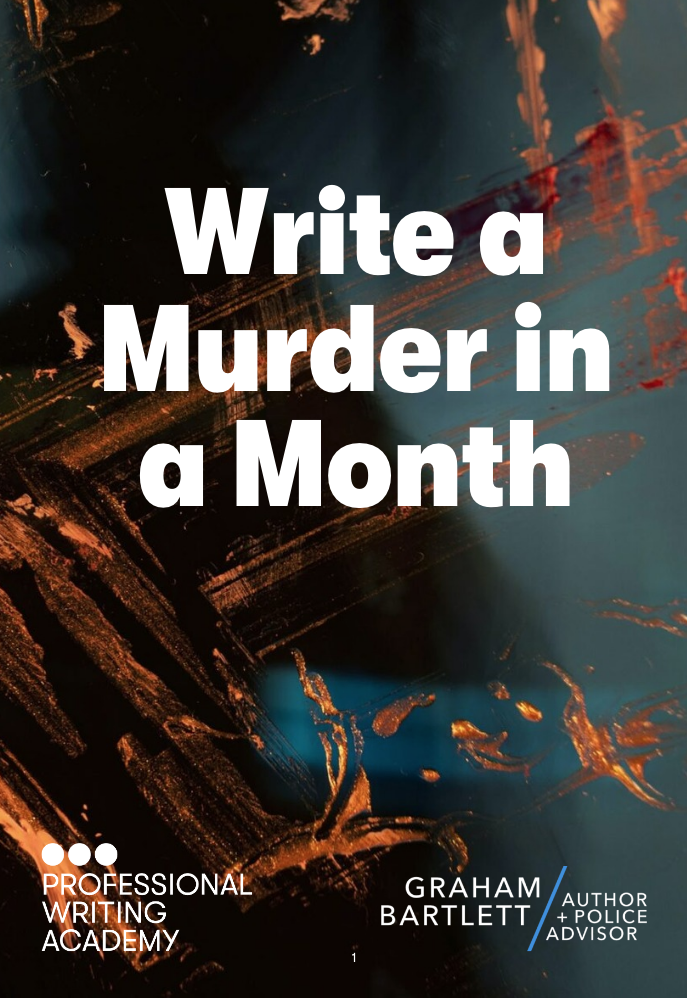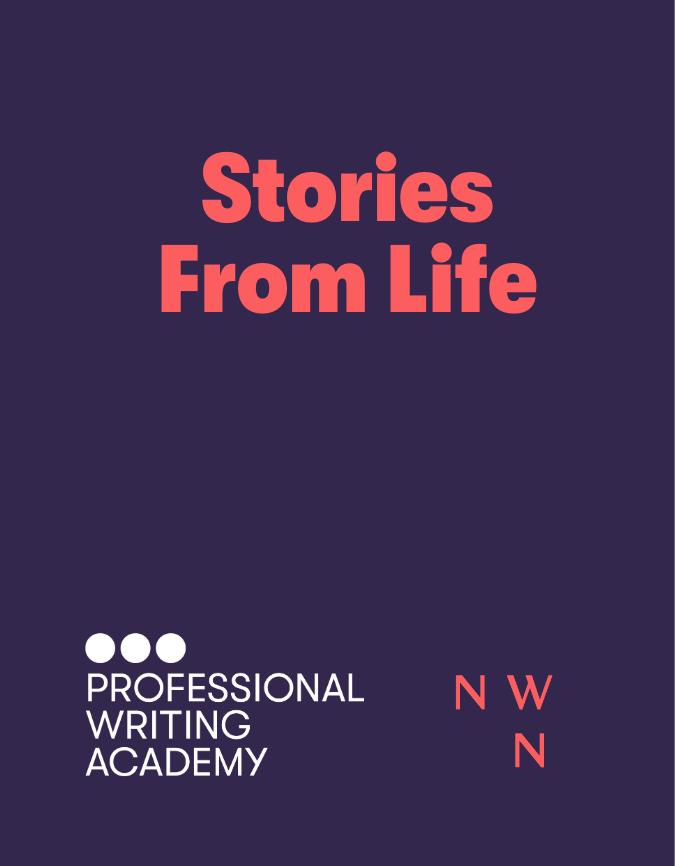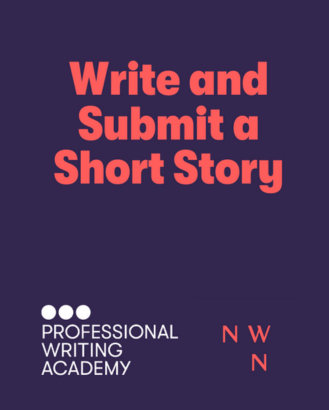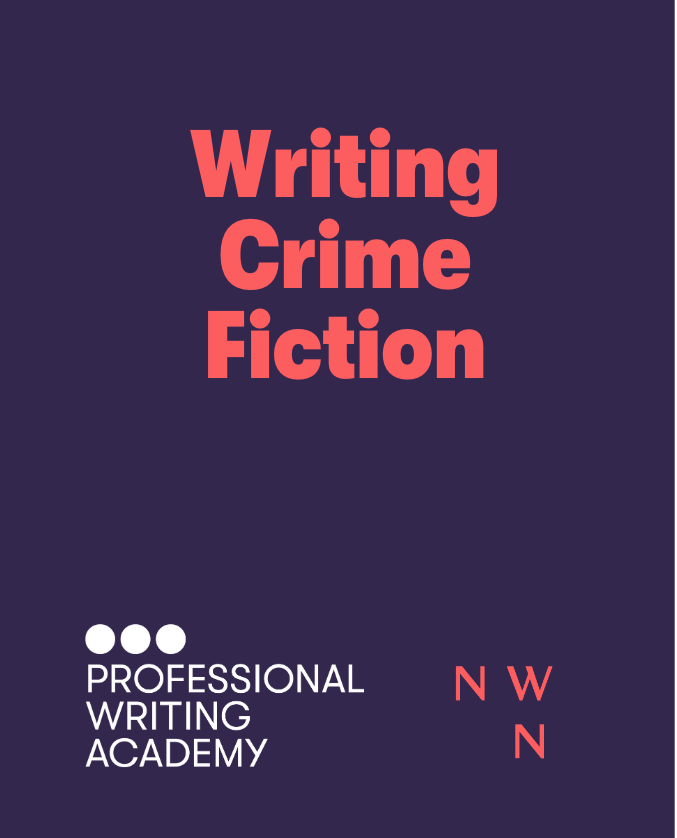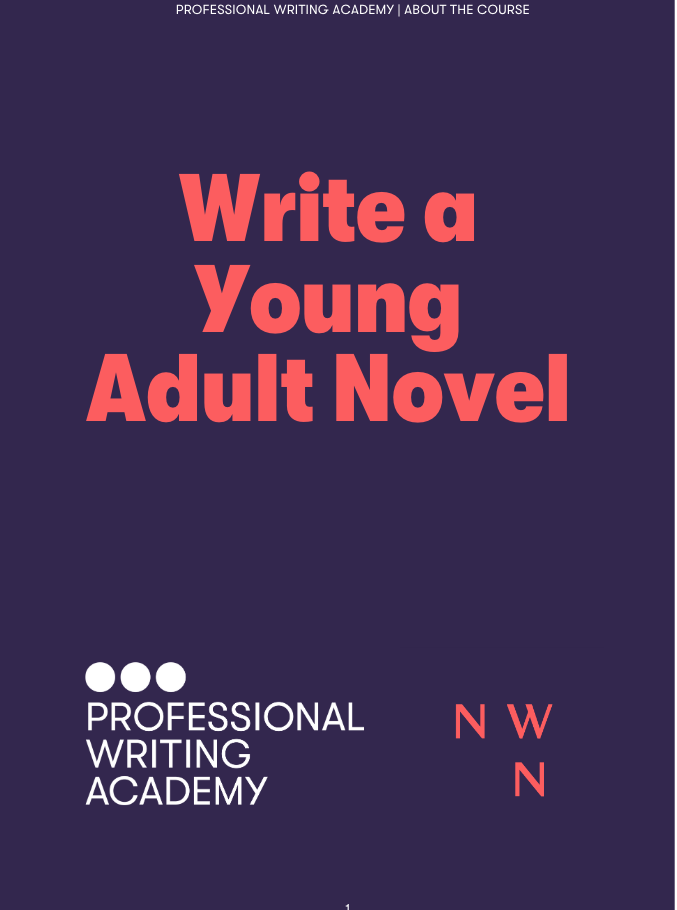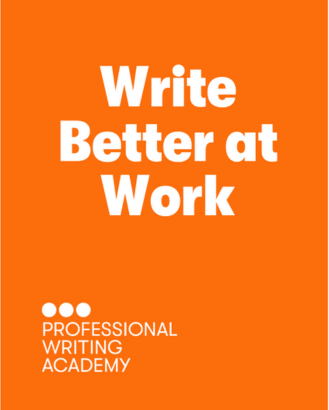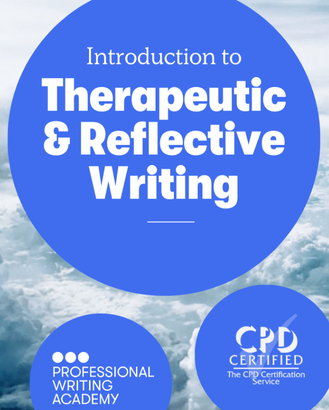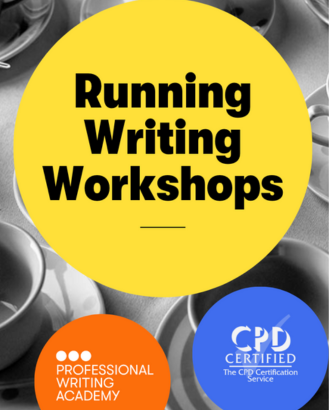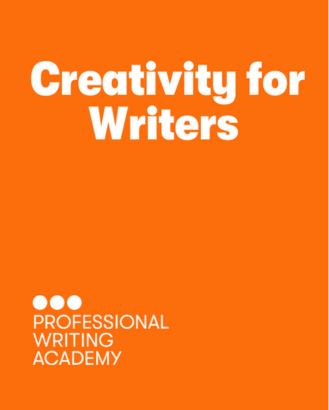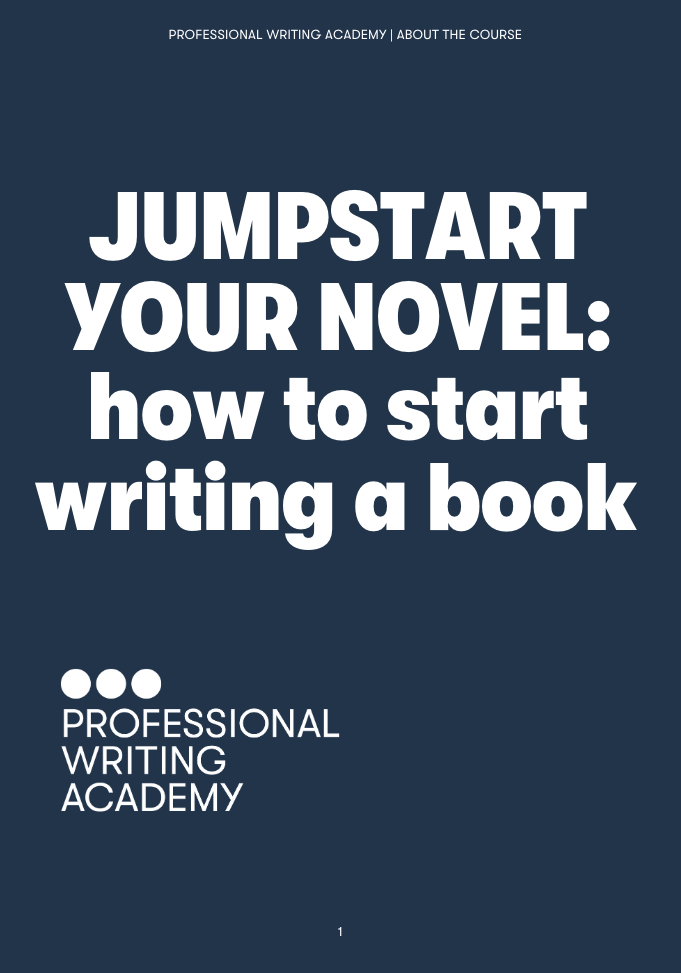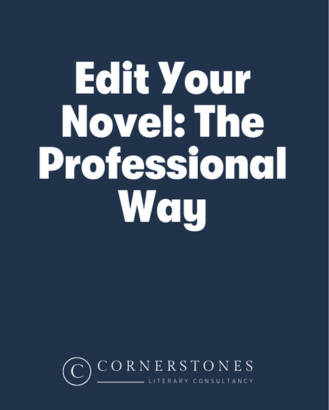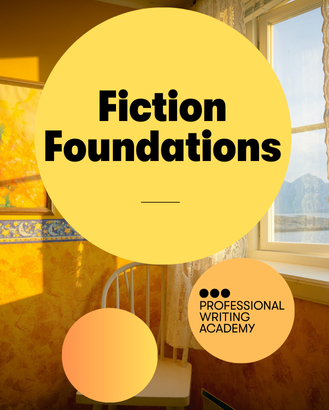When writing your first novel, having a structured plan can be a game changer, keeping you on track and ensuring your story has depth and direction.
There’ll always be people who say ‘I don’t plan, I just write’, but having taught over 15,000 fiction writers we know this only works for a minority. A structure plan can always be changed, but without it you’re almost certain to lose track of what you’re doing and make a lot of work for yourself in the future.
But with so many different approaches, structures and formulas to try, it may seem time-consuming to figure out what works for you. Here, we break down beginner-friendly steps to get you started.
- Defining Your Big Idea
What’s your novel about? It’s the questions all writers dread answering when put on the spot! But developing a succinct answer is vital to you and your process. Summarise your story in one or two sentences to get your premise nailed down, and it will serve as your guiding light.
Example 1:
In ‘Yellowface‘, R.F. Kuang satirizes the publishing industry with a tale of a struggling writer who passes off her recently deceased friend’s book as her own.
Example 2:
In Yellowface, a white woman (June Hayward) steals a manuscript from a dead Asian woman (Athena Liu) and publishes it as her own. The book satirises the US publishing industry, which like most industries in the Western world, has been ramping up its “diversity” initiatives.
See how succinct these summaries are? Distil your idea, and you’ll have a clear foundation to guide your writing.
- Identifying Your Genre and Audience
Understanding genre conventions will help you shape your outline. From ideal word counts to pacing and tone, a quick bit of research will set you up for success. Each genre comes with expectations, and while you’re welcome to subvert them, it helps to know what your readers are expecting. What do you like about the books in your genre? What is it about popular books that make them shine? Take a look at popular genre examples on a site like Goodreads to get an idea of what conventions you do (and don’t!) want to explore.
- Building Your Characters
Will your novel be plot or character-driven? Or both? Either way, you’ll need to know your characters inside out. There are lots of fun ways to develop detailed profiles for your protagonists, antagonists and key supporting characters. A common framework is Goal, Motivation, Conflict (GMC):
Goal: What does your character want?
Motivation: Why do they want it?
Conflict: What’s standing in the way?
You can also write character bios and interviews, or create images and mood boards to bring them to life.
- Mapping Out Key Plot Points
Many writers find it helpful to use a story structure as a foundation for their outline. Think of a structure as the scaffolding of your story. Some popular frameworks include:
- Three-Act Structure – Orders events through set up, confrontation and resolution
- Five-Act Structure – Develops events and turning points over five acts
- The Hero’s Journey – Maps the protagonist’s call to adventure, their trials, transformation and return
- ‘Save the Cat’ Beat Sheet – Uses a series of 15 beats, from opening image to final scene
- The Snowflake Method – Expands a simple premise into detailed scenes and chapters.
- Breaking it Down Scene by Scene
Once you’ve identified your major plot points, outline your novel scene by scene. Each scene should serve at least one of these purposes: advancing the plot, developing character or building tension.
- Being Flexible
Now that your outline is complete, it’s important to be open to changes as your story unfolds. An outline isn’t a rigid contract, let yourself go off script and have fun with it.
Outlining isn’t for everyone – some writers thrive with detailed chapter plans while others prefer looser methods, like bullet points. The key is to enjoy the process – and find what works best for you!
If you’re interested in exploring more around planning your writing and developing your processes, take a look at our Fiction Foundations course.


